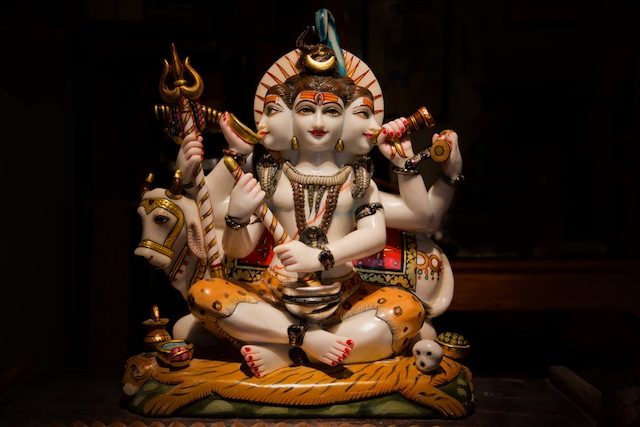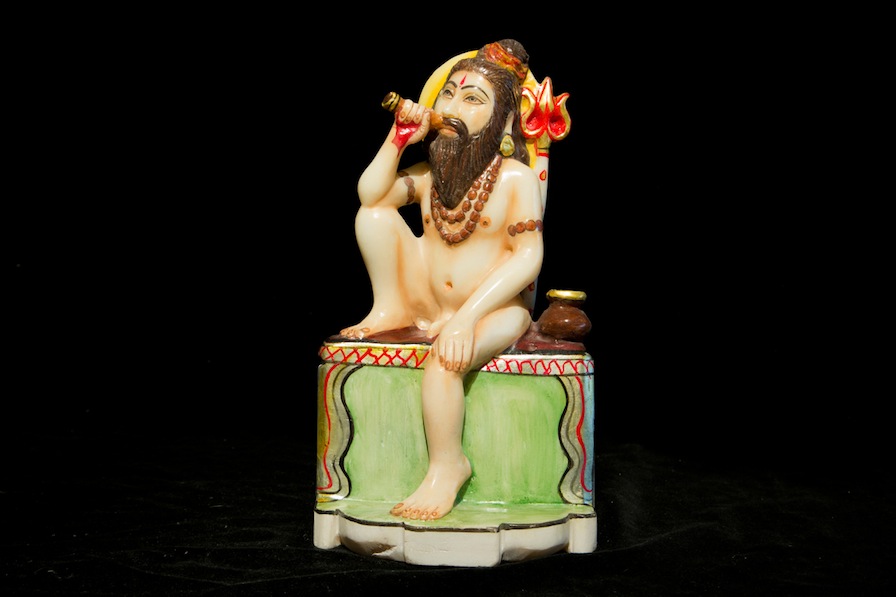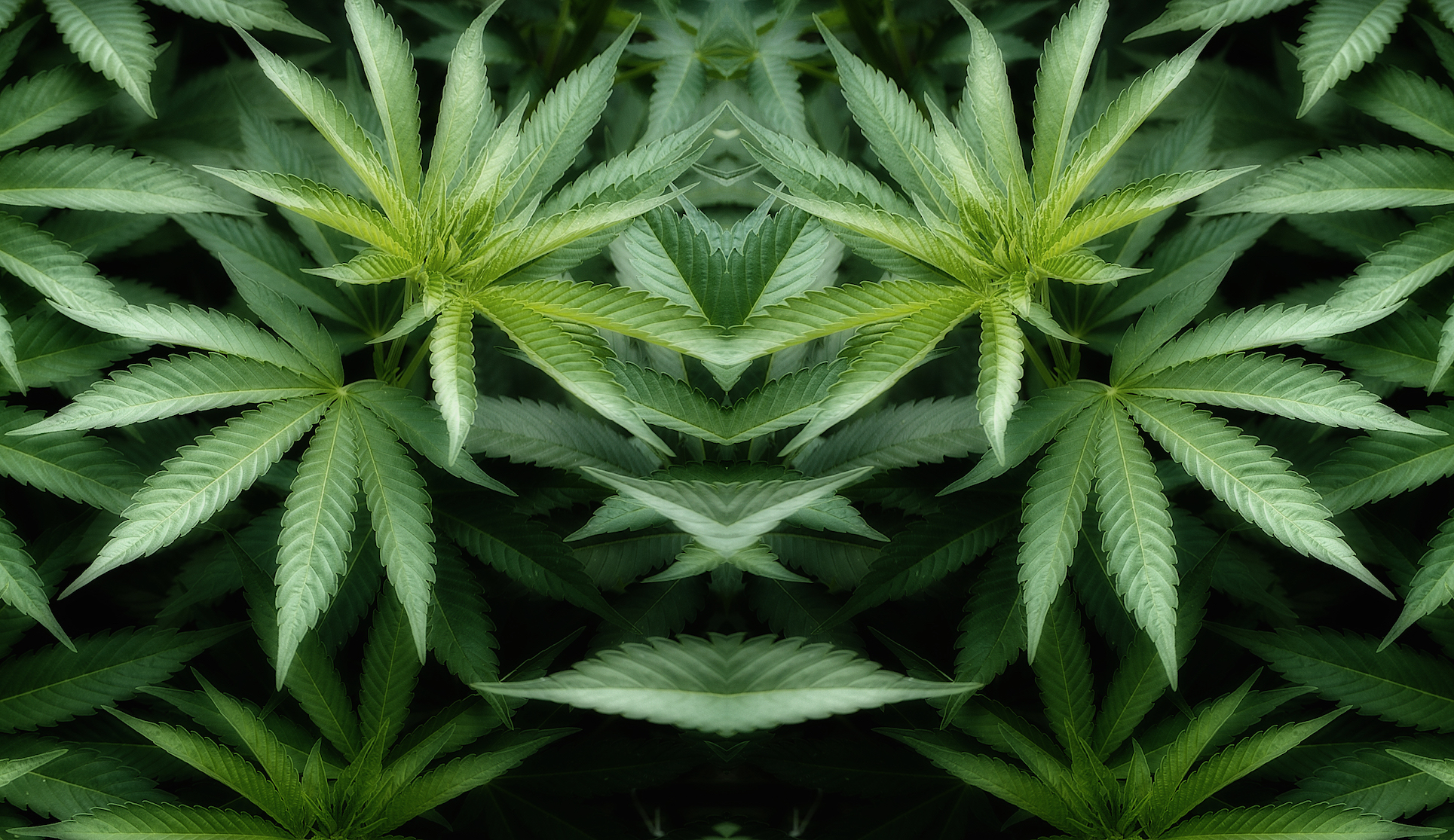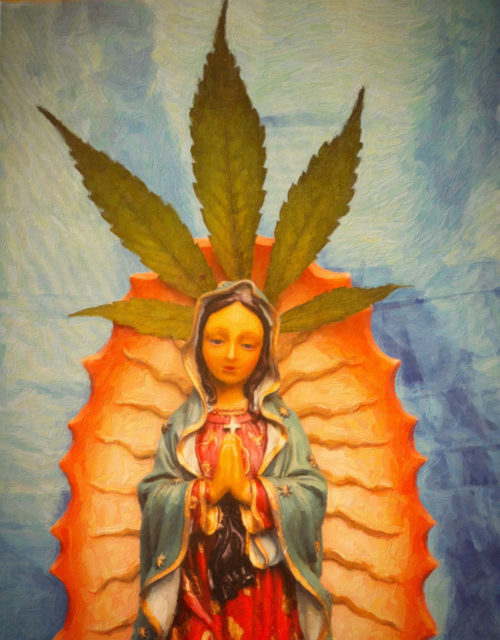Cannabis and Spirituality? Really?
Cannabis and Spirituality? Really?
Cannabis and Spirituality? Yes . . . really. Cannabis has been called the people’s plant. Many hundreds of millions of earth’s current inhabitants have at least a passing acquaintance with the sacred herb, (including some who claim not to have inhaled 🙂 Some use it for relaxation and for escaping the grind and stress of daily existence. Some use it to escape from the challenges of their lives altogether, preferring to dwell in a disconnected dreamlike state. Some use it to counter boredom during mundane activities, or as my friend Neil likes to say, to put a shine on things. Some use it to enhance and deepen a variety of sensory/sensual experiences. In the same vein, some use it simply to cheer up. A lot of folks engaged in some form of creative endeavor use cannabis to evoke ideas and sharpen and deepen their focus on the work. More and more of us are discovering a variety of medical benefits from the plant.
But how many of us think of and work with cannabis as a spiritual ally? How many of us are aware that in the right conditions (more on that below) cannabis is capable of catalyzing deep experiences of unconditioned reality and authentic presence.
The mere idea probably strikes a lot of people as far-fetched. But it’s not an outrageous concept at all. When used wisely with intention it’s actually quite the opposite. For starters, the plant has been included as an adjunct to and a central component of a variety of spiritual practices for thousands of years. That’s on the record and the information we have access to now that hasn’t been smothered, lost, or forgotten is probably a very small portion of all the ways and places people have used cannabis to open their hearts and reveal their true natures.
Freedom from Self-Blinding
He who drinks bhang drinks Shiva. The soul in whom bhang finds a home glides into an ocean of being freed from the weary round of self-blinded matter. 1
Not only does the historical record demonstrate extensive spiritual use of cannabis, today there are still people and groups scattered around the planet working effectively with cannabis as a sacrament. As well as those groups we don’t know about because they’re tucked secretly away from prying, disapproving eyes, cannabis is actively used ceremonially in a number of countries and traditions. Cannabisandspirituality.com will occasionally feature representatives from some of these living traditions. Spokespeople from some of them have also kindly agreed to contribute to the forthcoming book, Cannabis and Spirituality, (Park Street Press, Jan. 2017) for which I’m acting as the compiler and sometimes writer.
Though I don’t want to set myself up, or be set up, as the great wizard of cannabis authority, I have as of this writing had a nearly fifty-year relationship with the sacred herb. With that experience I’ve learned it can be a tricky plant, maybe you could even call it a trickster plant. There are definitely more and less effective and beneficial ways to meet this plant and that’s the raison d’être for cannabisandspirtuality.com, the book project, and what I envision as an ongoing interactive discussion.
The Importance of Intention
As the wise say, it depends on your intention. To clarify that, I’ll use a term commonly employed in working with psychedelics—“set and setting.” Set is everything you bring with you: your overall and current state of mind and body; the degree to which you are already processed and clear; your intentions and expectations; your knowledge of how to work with the potentially powerful energies unleashed in the mind/body with cannabis; your preparation for a particular meeting with the herb, and so on.
Setting refers to the environment, what we sometimes call the container. Are the physical circumstances set up to encourage calm, clear, presence and heart opening? Have you paid attention to the space, beautified it, created any kind of ritual form, brought in power objects, smudged it with cedar or sage, made tobacco offerings, stated intention, and/or otherwise energized and sacralized the container in whatever ways make sense to you?
Of course I would be remiss not to honor the natural world itself as a potentially great setting for encounters with cannabis. Cannabis and nature are harmonious allies of the highest order. Honoring the plant along with the air, earth, and water in a forest or other quiet, mostly natural setting can significantly enhance the experience.
A Variety of Practices
It gives I a good meditation; it is a door inside, when it is open you see everything that is good. 2
Then the practices—how you spend your ceremonial time—are also part of the setting. Alone or with others, do you do some silent, bare-attention meditation? Breathing practice? Visualizations? Yoga asanas? Do you pray, chant, or make use of sacred movement or dance? This site and the book will explore and describe various ways to engage with cannabis for spiritual healing and awakening.
I’ve been working and experimenting for many years with ways to effectively join mind and cannabis for spiritual benefit. Although the road continues and more opening work is required, during that time I’ve winnowed down some of the most effective—both for myself and others—practices and guidelines. Both the website and the book will offer some ideas for how to improve the chances of connecting deeply with this under-recognized power of the cannabis plant in both solo and group practice.
As I mentioned, my delusions do not include setting myself up as the great authority. Many others have had abiding beneficial relationships with cannabis and deep heart-opening, joy-releasing, and even genuine mystical experiences. I feel very grateful that 17 deeply experienced and knowledgeable contributors have accepted my invitation to share their understanding. I’ll list and periodically update the contributors to the book on the Book Project page.











Leave a Reply
Want to join the discussion?Feel free to contribute!